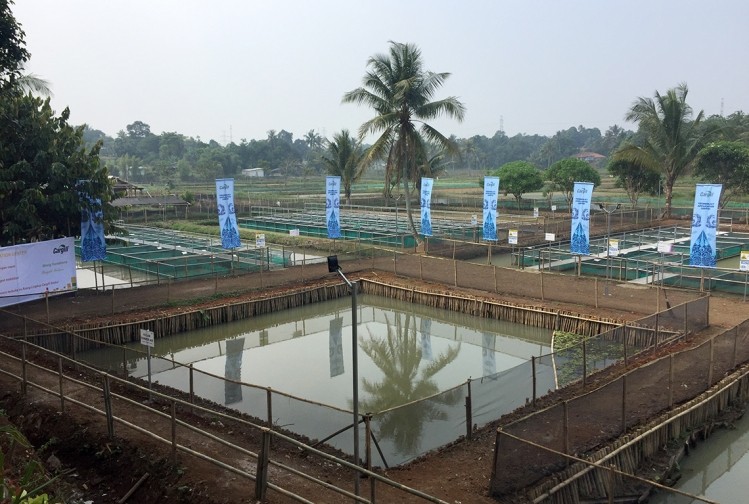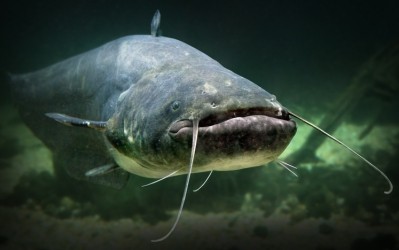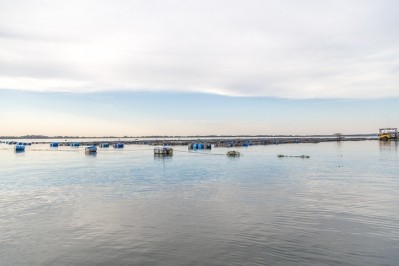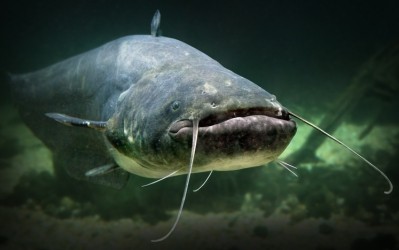Cargill invests in Indonesian aquaculture, feed center

The Minnesota-based agri-giant announced the opening of its newest technology application center dedicated to aquaculture earlier in August. The facility is focusing on work with freshwater fish producers in an attempt to improve feed standards and farming practices.
The facility is Cargill’s sixth in Asia and is intended to complete the company’s application center footprint in the region of South Asia, said Jesper Clausen, regional technology application lead in Southeast Asia with Cargill aqua nutrition. The initial facility in the process was opened in Vietnam in April 2017.
“We see great potential to further grow and develop together with the industry in Asia South,” he told FeedNavigator. “The TAC [technology application center] is a near-market research and development facility bringing the global innovation of Cargill close to our customers in a cultural environment that is similar to what they work on.”
The facility is located in Ciseeng, Parung-Bogor – a hub for freshwater aquaculture in Indonesia, the company said. It is intended to bring information on aquaculture best practices and expertise from Cargill’s global aquaculture research facilities to producers. The site also will provide space for aquaculture producers to have training or bring questions on feeding and farm management practices.
“Our main focus will initially be on further improving efficiency for our customers."
The goals include an emphasis on improving the return on investment for aquaculture producers as the industry relies on “efficient and profitable farmers."
Feed focus, research details
The facility covers a hectare and includes eight large production ponds and a series of closed cement tanks that can be used to run smaller trials in closed systems, Cargill reported. A goal for the facility is to improve feed performance for multiple freshwater fish species including catfish, pangasius, carp and tilapia.
“Cargill looks at feed and feed management in a holistic way,” said Clausen. “It is not enough to make good quality feed, but it is also important to support the farmers in how the feed is delivered.”
Improving practices for feed use can include evaluating methods and data analysis, he said. “This can be through new ways of delivering the feed or through how you manage feed and pond data through digitalization and use of digital tools."
The total investment to develop the first phase of the series of innovation centers in the region was about $2m, he said, adding, “we are planning to build further on this new foundation in the near future.”
All of the technical application centers are connected to establish a network in the region, with the intention that the work done at each will complement the others, said Clausen.
The facilities also are part of Cargill’s larger global research network and intended to bring new technology to regional customers more quickly.
The site is the fourth that Cargill has opened in South Asia this year, the company said. Previously, similar types of facilities were opened in India and in Vietnam.
Additionally, a research and demonstration facility in Thailand was opening in July with a focus on working with farmers to address farming practices and use of feed with species raised for the domestic market.
That facility was designed to serve as a hub for Cargill’s other aquaculture innovation facilities in South Asia, the company said.
Aquaculture is continuing to expand in Asia, said Chad Gauger, managing director of Cargill aqua nutrition in South Asia. And Cargill is planning to continue expanding its aquaculture nutrition business in the area.
“Our technology application centers are innovation centers that match global leading technology R&D, local application expertise and farmer training to help advance the aquaculture industry in a more sustainable, efficient and profitable way,” he added.














